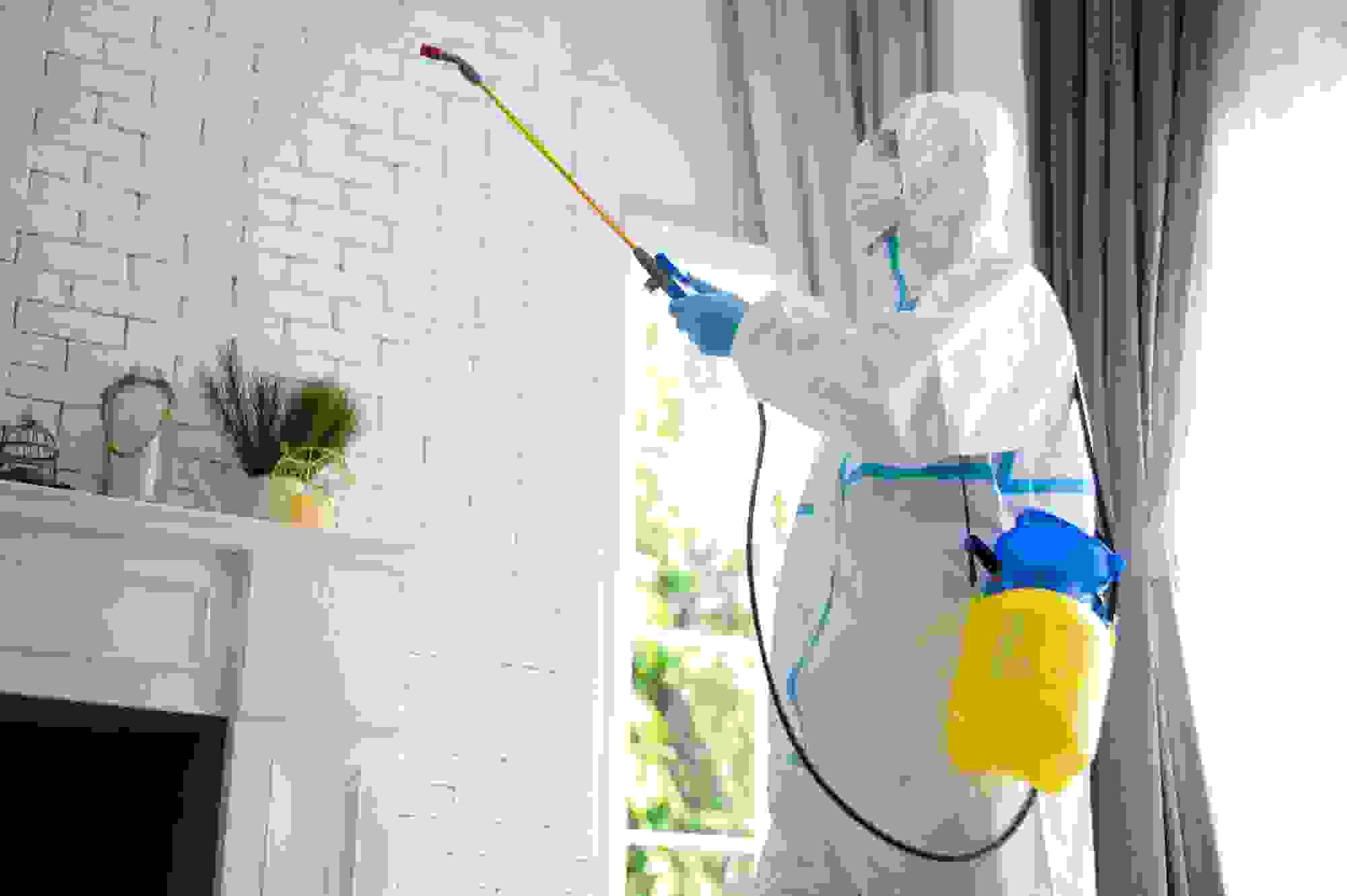Termites are wood-eating insects that can quickly cause costly damage to houses in Indiana before homeowners even realize they have an infestation.
Recognizing the signs that a termite colony has moved in and knowing the best ways to keep them away in the first place can keep you from having to pay thousands of dollars (or more!) in termite damage repairs.
Home
and car insurance
comparison app Jerry
wants to save you money on home maintenance and repair issues. Here, Jerry walks you through everything you should know about termites and termite prevention in Indiana.How to tell if you have a termite infestation
The signs of a termite infestation are often difficult to recognize because termites do most of their damage to the structure of your house hidden in your walls, floors, and attic. Fortunately, they do leave some traces behind, including:
Discarded wings: To create a new colony, special members of an existing colony—called reproductive termites—grow wings and leave the nest to mate. After swarming they shed their wings, which can accumulate near foundations and on window sills.
Mud tubes: Subterranean termites build mud tubes as a bridge between their underground nests and their food source inside your home. Mud tubes can be seen along cracks or gaps in your foundation and look like dry ridges of dirt and small debris.
Hollow-sounding walls: Termites damage the wood in your home by eating tunnels through it. This can make the wooden supports, walls, or beams in your house sound unusually hollow if you knock on them.
Hard-to-open windows or doors: Termites cause moisture to build up in wood as they chew through it. Just as a wooden door or window frame may swell and warp on a humid summer day, a window or door may be difficult to open due to the moisture introduced by termites.
A termite infestation can also leave behind droppings, bubbling or peeling paint, visibly crumbling wood, and tiny holes in drywall.
Are termites a problem in Indiana?
Indiana is in zone 2 of the US Forest Service’s Termite Infestation Probability Zones
map, which means that homeowners in Indiana have a moderate to heavy risk of a termite infestation. Because the midwest is not as warm and humid as other regions, subterranean termites are the only kind of termites that have established themselves in Indiana. However, drywood termites have also been found in the state and can thrive temporarily if they are accidentally transported there.
Subterranean termites
There are different species of subterranean termites, but as a group they are the most common and most destructive kind of termite in the United States.
As their name suggests, subterranean termites make their nests underground near homes or other good sources of wood. Because they spend most of their time either hidden underground or in the wood of your house, they leave few traces other than the mud tubes they create.
Subterranean termite swarms typically occur during the day from March to May. Because they thrive in damp environments, warm days after a rainstorm are the most common days for subterranean termites to swarm.
Drywood termites
It is rare to find drywood termites in Indiana, but there is the potential for them to infest your house if they are transported there in lumber, wooden crates, or furniture. Drywood termites prefer to eat dry wood in your home and can be found in places like attics.
The most common sign of a drywood termite infestation is the droppings they leave behind, which look like small piles of sawdust or salt and pepper.
What to do if you have termites
Because termites can cause so much expensive damage to your home, it’s best to contact a termite control expert as soon as you suspect you might have an infestation.
Termites don’t pose a direct risk to human health, but they can compromise your home’s structure and force you to make expensive repairs if they aren’t exterminated in time.
Termite prevention is the best way to avoid dealing with these pesky insects. A professional can treat your house with bait stations or liquid termiticide to keep a hungry colony away.
As a homeowner in Indiana, you can also do your best to make your house less appealing to termites by preventing moisture build-up around your foundation. Easy ways to reduce moisture include:
Regularly cleaning your gutters
Repairing leaky pipes and faucets inside and outside your house
Installing weather stripping around doors and windows
Removing debris like logs and fallen trees from your yard
RECOMMENDEDThis app is great, but the customer service is even better! Not to mention convenient! My husband and I got the lowest rate (much lower than the rates I was finding online through my own searches), quickly, and pretty much all through text message! Thank you so much for a hassle free experience👍
How to save money on home insurance
Homeowners insurance policies don’t cover termite damage, so investing in prevention is the best way to shield yourself from costly repairs because of termite damage.
However, having the right homeowners insurance policy
is still important to keep you protected against theft, fire, or other risks. If you’re looking for a home insurance policy that provides good coverage for a low rate, licensed insurance broker app Jerry
can do all the work for you. Jerry will shop for competitive quotes from top insurance companies, handle all the paperwork, and even help you bundle your home and auto insurance
to save money on both. Best of all, you can do everything right in the app for free. FAQs
